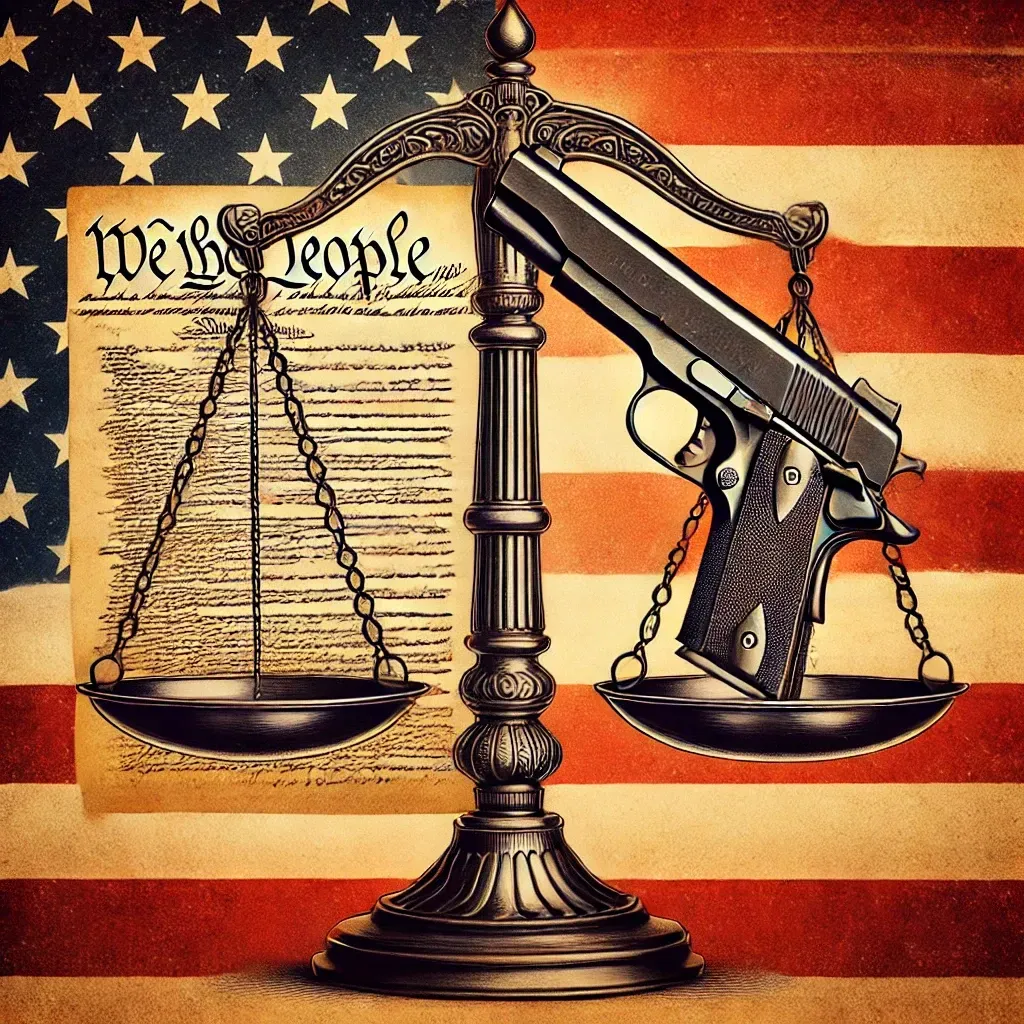
Federal Court Backs 2nd Amendment For Young Adults
In a landmark decision, the U.S. Court of Appeals for the Fifth Circuit recently ruled that federal laws prohibiting licensed firearms dealers from selling handguns to individuals aged 18 to 20 are unconstitutional. This ruling has ignited a nationwide debate over the balance between Second Amendment rights and public safety concerns.
The Court's Decision
On January 30, 2025, a three-judge panel of the Fifth Circuit, based in New Orleans, declared that the federal ban on handgun sales to 18- to 20-year-olds infringes upon rights protected by the Second Amendment. The court found that the government's argument, which relied on historical statutes from the 19th century restricting firearm access for this age group, was insufficient to uphold the ban. Judge Edith Jones, writing for the majority, emphasized that the Second Amendment safeguards the rights of individuals within this age bracket.
Historical Context and Legal Precedents
The challenged prohibition originated from the Gun Control Act of 1968, which aimed to regulate interstate firearms commerce. Historically, the legal landscape regarding firearm possession by young adults has been complex. While some 19th-century laws imposed restrictions, the Fifth Circuit concluded that these did not provide a robust historical foundation for a complete ban. This decision aligns with recent judicial trends reassessing age-based firearm restrictions. Notably, the Third U.S. Circuit Court of Appeals recently reaffirmed its stance that Pennsylvania laws barring 18- to 20-year-olds from carrying firearms in public during states of emergency are unconstitutional.
Implications and Reactions
The ruling has elicited varied responses. Advocacy groups like the Firearms Policy Coalition lauded the decision, viewing it as a restoration of Second Amendment rights for young adults. Conversely, organizations such as the Brady Campaign expressed concern, suggesting that easing access to firearms for this age group could elevate risks to public safety.
Legal experts anticipate that this decision may prompt further scrutiny of age-based firearm regulations across the nation. Given the significance of the issue and the potential for conflicting rulings in different jurisdictions, there is a possibility that the Supreme Court may eventually address the constitutionality of such age-based restrictions.
Conclusion
The Fifth Circuit's decision marks a pivotal moment in the ongoing discourse surrounding gun rights and public safety in the United States. As legal challenges continue to emerge, the nation watches closely to see how courts will navigate the intricate balance between individual constitutional rights and the collective well-being of society.